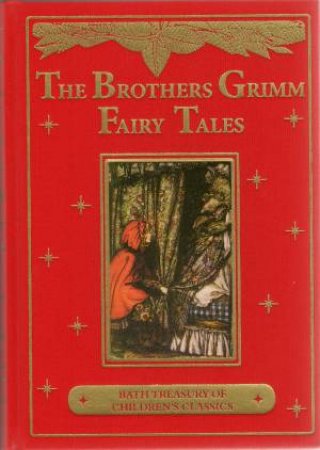
Zipes’s introduction is scholarly in the best use of the word: The Brothers published the stories as a show of national pride during the Napoleonic Wars. Dezsö’s illustrations inside create a magic forest feel where anything can, and does, happen. The elaborate cover fonts and woodcut drawings by Andrea Dezsö are reminiscent of a book published in the 1930s. In spite of its university press imprint, this is not a textbook. They should come away with a new appreciation of the Brothers’ work. Therefore, Jack Zipes’s new English translation of The Original Folk and Fairy Tales of the Brothers Grimm: The Complete First Edition may surprise readers who “know” them.

Artists from Walter Crane to children sitting at the kitchen table have drawn Rumpelstiltskin, Snow White, and Rapunzel. Since their publication in 1812, these stories found their way into other narrative forms including visual and/or animated art, music, opera, ballet, and film. With book in hand-something increasingly common during the course of the nineteenth century-the “Story Teller” no longer had to rely on memory. Jacob and Wilhelm Grimm were also preservationists, transcribing fairy tales verbally passed down from generation to the next. Along with Shakespeare, Tolstoy, Twain, and Anonymous, the authors of this anthology are among the most recognized in literature.



 0 kommentar(er)
0 kommentar(er)
